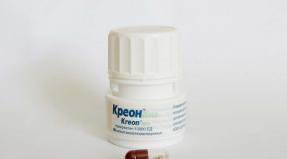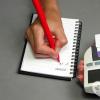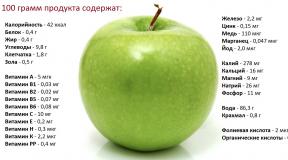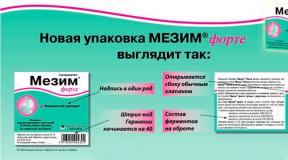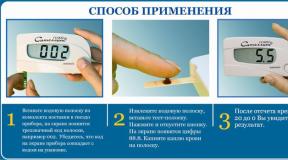Blood sugar test with load
Diabetes mellitus is one of the most common endocrinological pathologies. In our country, the number of patients suffering from this disease is approaching the epidemic threshold. Therefore, the determination of blood sugar is included in the program of clinical examination of the population.
General information
If elevated or borderline values are detected, an in-depth endocrinological examination is carried out - a blood test for sugar with a load (glucose tolerance test). This study allows you to establish the diagnosis of diabetes mellitus or a condition preceding it (impaired glucose tolerance). Moreover, the indication for the test is even a single recorded excess of the level of glycemia.
Blood for sugar with a load can be donated at a clinic or in a private center.
According to the method of introducing glucose into the body, oral (oral) and intravenous methods of research are distinguished, each of which has its own methodology and evaluation criteria.
In a pharmacy, you can buy glucose in the right dosage for a diagnostic test.
Study preparation
The doctor should inform the patient about the features of the upcoming study and its purpose. To obtain reliable results, blood for sugar with a load must be given with a certain preparation, which is the same for the oral and intravenous methods:
- Within three days before the study, the patient should not limit himself to food and, if possible, take food rich in carbohydrates (white bread, sweets, potatoes, semolina and rice porridge).
- During the preparation period, moderate physical activity is recommended. Extremes should be avoided: both hard physical work and lying in bed.
- On the eve, the last meal is allowed no later than 8 hours before the start of the test (optimally 12 hours).
- Unlimited water intake is allowed at all times.
- It is necessary to exclude the use of alcohol and smoking.
How the study is done
In the morning on an empty stomach, the first blood sample is taken. Then, immediately within a few minutes, a solution is drunk, consisting of glucose powder in the amount of 75 g and 300 ml of water. Prepare it at home in advance and bring it with you. Glucose tablets can be purchased at a pharmacy. It is very important to make the right concentration, otherwise the rate of absorption of glucose will change, which will affect the results. Also, you can not use sugar instead of glucose for a solution. Smoking is prohibited during the test. After 2 hours, the analysis is repeated.
| Determination time | Baseline | 2 hours later | ||
| Blood from a vein | Blood from a vein | |||
| Norm | below | below | below | |
| Diabetes | above | above | above | |
To confirm or exclude diabetes mellitus, a double blood test for sugar with a load is necessary. According to the doctor's prescription, an intermediate determination of the results can also be carried out: half an hour and 60 minutes after taking the glucose solution, followed by the calculation of the hypoglycemic and hyperglycemic coefficients. If these indicators differ from the norm against the background of other satisfactory results, the patient is recommended to reduce the amount of easily digestible carbohydrates in the diet and retake the test after a year.
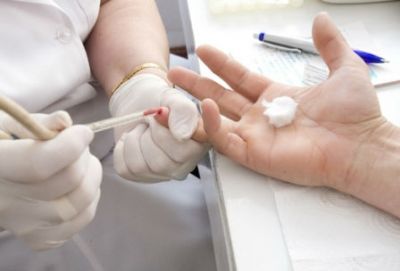
A glucose tolerance test requires capillary blood.
Reasons for incorrect results
- The patient did not comply with the regime of physical activity (in case of excessive load, the indicators will be underestimated, and in the absence of load, on the contrary, they will be overestimated).
- The patient ate low-calorie foods during the preparation period.
- The patient was taking medications that cause changes in the blood test
- (thiazide diuretics, L-thyroxine, contraceptives, beta-blockers, some antiepileptic and anticonvulsants). You should inform your doctor about all medications you take.
In this case, the results of the study are invalidated, and it is repeated no earlier than a week later.
Important! For the test, it is forbidden to use glucometers due to the possible error in the determination. They are intended only to control the course of already diagnosed diabetes. Therefore, the analysis cannot be carried out independently at home.
How to behave after the analysis
At the end of the study, a number of patients may notice severe weakness, sweating, trembling in the hands. This is due to the release of large amounts of insulin by the cells of the pancreas in response to the intake of glucose and a significant decrease in its level in the blood. Therefore, to prevent hypoglycemia after taking a control blood test, it is recommended to eat a meal rich in carbohydrates and sit quietly or, if possible, lie down.
A blood test for sugar with a load has a tremendous impact on the endocrine cells of the pancreas, so if diabetes is obvious, it is not advisable to take it. Only a doctor should prescribe an examination, who will take into account all the nuances, possible contraindications. Self-conducting a glucose tolerance test is unacceptable, despite its wide prevalence and availability in paid clinics.
Test contraindications
- all acute infectious diseases;
- myocardial infarction, stroke;
- violation of electrolyte metabolism;
- exacerbation of chronic pathologies;
- cirrhosis of the liver;
- diseases of the endocrine system: pheochromocytoma, acromegaly, Cushing's syndrome and disease, thyrotoxicosis (the content of hormones in the body is increased, which increase the amount of sugar in the blood);
- bowel disease with severe malabsorption;
- condition after resection of the stomach;
- taking drugs that change the level of glucose in the blood test.
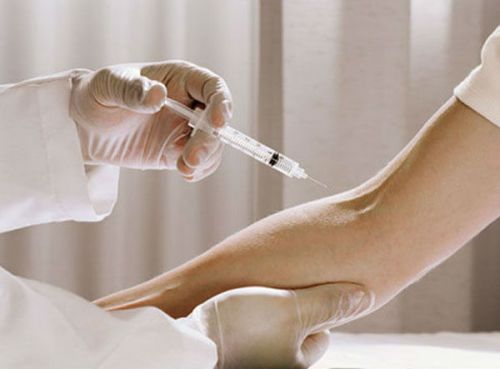
In cases of violation of the absorption process in the intestine, glucose can be administered intravenously
Intravenous stress test
Appointed less often. Blood for sugar with a load according to this method is examined only if there are violations of digestion and absorption in the digestive tract. After a preliminary three-day preparation, glucose is administered intravenously in the form of a 25% solution; its content in the blood is determined 8 times at regular intervals.
Glucose tolerance test in pregnant women
The period of pregnancy is a test of strength for the female body, all systems of which work with a double load. Therefore, at this time, exacerbations of existing diseases and the first manifestations of new ones are not uncommon. The placenta produces large amounts of hormones that increase blood glucose levels. In addition, the susceptibility of tissues to insulin decreases, due to which gestational diabetes sometimes develops. In order not to miss the onset of this disease, women at risk should be observed by an endocrinologist, and in his direction at 24-28 weeks, take a blood test for sugar with a load, when the likelihood of developing pathology is highest.
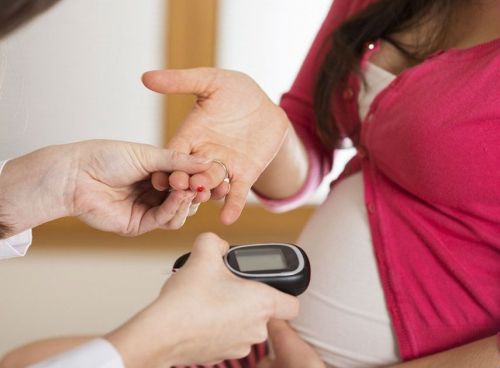
All pregnant women are required to undergo a glucose tolerance test.
Risk factors for diabetes:
- elevated cholesterol in the blood test;
- increase in blood pressure numbers;
- age over 35 years;
- obesity;
- high glycemia during a previous pregnancy;
- glucosuria (sugar in the urine) during past pregnancies or at present;
- the weight of children born from past pregnancies is more than 4 kg;
- large size of the fetus, determined by ultrasound;
- the presence of diabetes in close relatives;
- obstetric pathologies in history: polyhydramnios, miscarriage, fetal malformations.
Blood for sugar with a load in pregnant women is given according to the following rules:
- standard preparation is carried out three days before the procedure;
- only blood from the cubital vein is used for research;
- blood is examined three times: on an empty stomach, then an hour later and two hours later after a stress test.
Various modifications of the blood test for sugar with a load in pregnant women were proposed: an hour and a three-hour test. However, the standard version is used more often.
Criteria for evaluating results (mmol/l)
| Baseline | After 1 hour | 2 hours later | |
| Norm | below 5.1 | below 10.0 | Below 8.5 |
| Gestational diabetes | 5,1-7,0 | 10.0 and up | 8.5 and above |
Pregnant women have a stricter blood glucose limit compared to non-pregnant women and men. To make a diagnosis during pregnancy, it is enough to conduct this analysis once.
A woman with diagnosed gestational diabetes within six months after childbirth is recommended to repeat the blood for sugar with a load to determine the need for further follow-up.
Often the symptoms of diabetes do not appear immediately. A person may not even suspect the existence of a problem. Timely detection of the disease is important for the patient. Early initiation of treatment reduces the likelihood of complications, improves the quality of life, and makes the prognosis more favorable.


